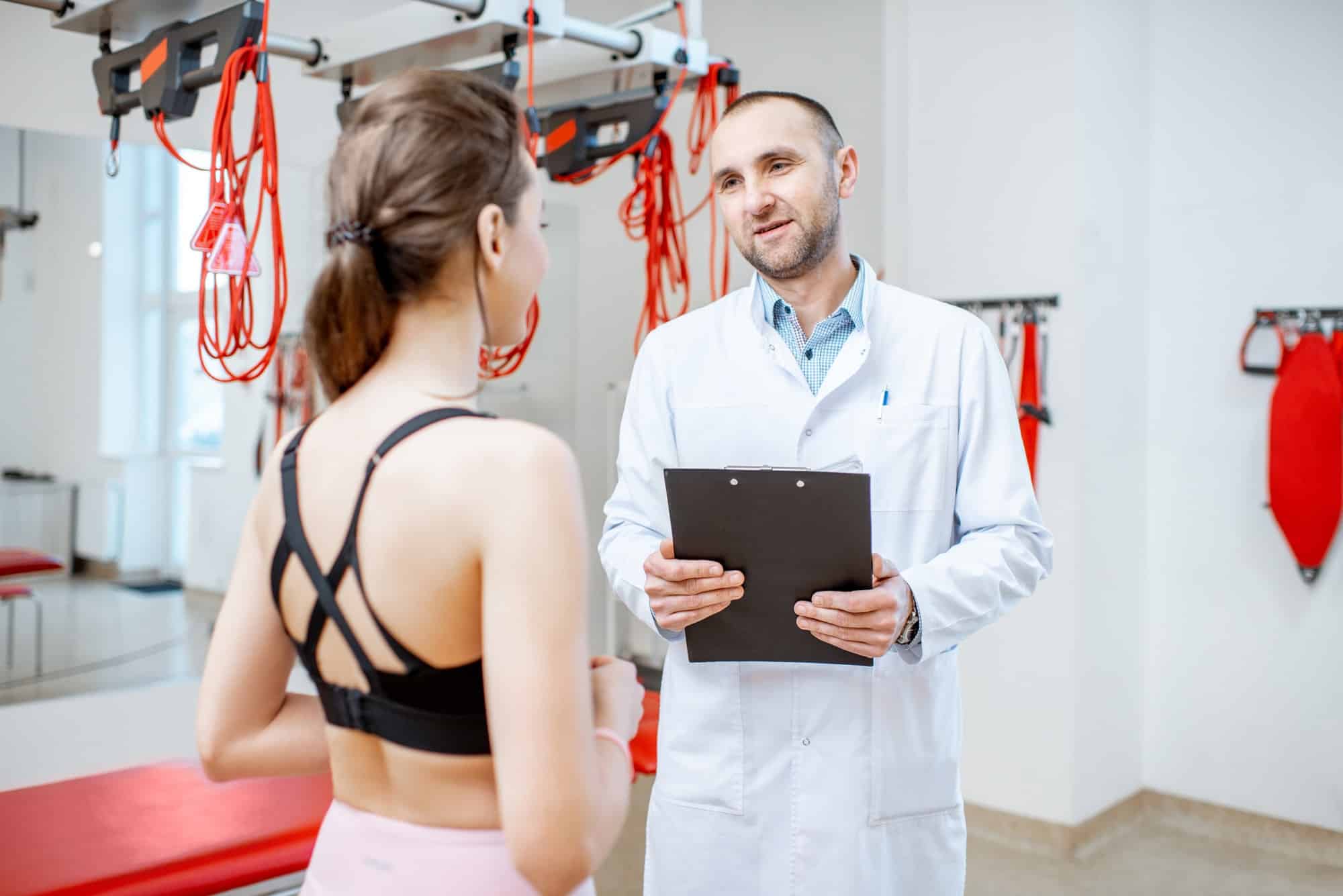How Can Anti-Gravity Treadmills Facilitate Rehabilitation for Distance Runners?

As you delve into the fascinating world of sports rehabilitation, one of the latest advancements that might catch your attention is the anti-gravity treadmill. Initially developed by NASA for astronauts, this ingenious piece of equipment is now increasingly being utilized in the field of physical therapy and sports rehabilitation. According to a study published on PubMed, a globally renowned research database, the anti-gravity treadmill, popularly known as the ‘AlterG’, shows promising implications for distance runners who are on a path of recovery from injury.
Utilizing patented Differential Air Pressure (DAP) technology, the AlterG reduces the weight that the lower body has to bear, allowing patients to walk or run at a fraction of their body weight. This article explores how this marvel of modern technology is transforming rehabilitation for distance runners.
A lire aussi : How Can Youth Soccer Coaches Implement Cognitive Development Exercises in Training?
Understanding the Anti-Gravity Treadmill
Before we delve into the benefits of the anti-gravity treadmill, it’s important to understand how it works. The treadmill encloses the lower body in an air-tight chamber and utilizes air pressure to lift the user, effectively reducing their weight.
As per a study available on Google Scholar, the AlterG treadmill allows individuals to reduce their body weight in 1% increments down to as low as 20% of their actual weight. For a distance runner recovering from an injury, this means being able to resume running activities sooner without putting undue pressure on the injured area.
Lire également : What’s the Best Approach for Amateur Golfers to Manage Mental Game During a Rough Round?
Rehabilitation and the Anti-Gravity Treadmill
The obvious benefit of the AlterG is that it enables injured distance runners to maintain their cardiovascular fitness while minimizing the risk of re-injury. A study published on PubMed found that patients using the AlterG could increase their training volume without exacerbating their symptoms, speeding up the rehabilitation process.
Moreover, the treadmill’s ability to accurately adjust the body weight support (BWS) allows for a progressive training approach. By gradually increasing the BWS, a runner can slowly reintroduce weight-bearing activities, ensuring a smoother transition back into full weight-bearing running.
Ensuring Muscle Conditioning
Maintaining muscle conditioning during recovery is critical, especially for distance runners. The AlterG treadmill facilitates this by enabling partially weight-bearing exercises. According to a Google Scholar study, this not only aids in preserving muscle mass but also helps to retrain the neuromuscular system, preparing it for the return to full weight-bearing activities.
The Psychological Aspect of Rehabilitation
Apart from the physical benefits, the anti-gravity treadmill also plays a significant role in addressing the psychological aspects of injury rehabilitation. The ability to resume running activities sooner gives a psychological boost to runners. A study on PubMed highlighted that the use of the AlterG treadmill improved patients’ confidence in their ability to run without pain, which in turn, positively impacted their overall outlook towards rehabilitation.
Training Beyond Rehabilitation
While its pivotal role in rehabilitation is undeniable, the anti-gravity treadmill is also a powerful training tool for distance runners beyond the recovery phase. By reducing the stress on the lower body, it allows runners to increase their training volume or intensity without increasing the risk of overuse injuries. According to a Google Scholar study, incorporating the AlterG treadmill in training routines can potentially help runners improve their performance while minimizing injury risks.
In conclusion, the anti-gravity treadmill is revolutionizing the rehabilitation process for distance runners and showing great promise as a regular training tool. Its ability to reduce body weight provides a unique opportunity for injured runners to maintain cardiovascular fitness and muscle conditioning, all while reducing the risk of further injury. The psychological boost it provides by enabling runners to get back to running activities sooner is another added advantage. As more research unfolds, it is hoped that this advanced piece of equipment will be adopted more widely in the field of sports rehabilitation.
Adjusting Training Regimes with Anti-Gravity Treadmill
While understanding the importance of rehabilitation, it’s crucial to consider the role of the anti-gravity treadmill in adjusting training regimes for distance runners. According to a Google Scholar paper, the AlterG treadmill’s Differential Air Pressure (DAP) technology allows it to adjust the body weight support (BWS) in precise increments, facilitating a tailored recovery and training program.
A study on Crossref PubMed showed that by utilizing this technology, runners could increase their training volume gradually without exacerbating their symptoms or causing re-injury. The adjustable nature of the treadmill’s BWS allows distance runners to reintroduce weight-bearing exercises in a controlled and secure manner, mitigating the risk of overexertion.
Furthermore, the AlterG treadmill’s ability to simulate low gravity conditions has shown to aid in muscle strength retention. In a Google Scholar Crossref study, stroke patients who were part of a control group using the AlterG treadmill for physical therapy showed significant improvements in muscle strength and lower limb functionality compared to their counterparts who did not.
Conclusion: Embracing the Futuristic Approach to Rehabilitation
The anti-gravity treadmill, originating from NASA’s space technology, has paved the way for revolutionary advancements in sports rehabilitation. It has emerged as a highly beneficial tool in the recovery journey of injury-stricken distance runners, providing them the opportunity to maintain their cardiovascular fitness, muscle strength, and overall physical conditioning in a safe and controlled manner.
Research, as noted in study databases like Google Scholar and PubMed, indicates that the AlterG treadmill’s ability to reduce body weight through Differential Air Pressure (DAP) technology significantly minimizes the risk of re-injury while speeding up the rehabilitation process. This state-of-the-art treadmill also addresses the psychological aspect of rehabilitation, bolstering runner’s confidence and their overall outlook towards recovery.
Beyond just rehabilitation, the AlterG treadmill serves as an excellent training tool, allowing runners to adjust their training intensity without the fear of overuse injuries.
In the ever-evolving field of sports rehabilitation, the anti-gravity treadmill stands as a beacon of innovation. Its unique features and proven benefits make it a dynamic addition to physical therapy practices and training regimes. As more research unfolds, the wider adoption of this advanced equipment will undoubtedly continue to transform the landscape of sports rehabilitation.
